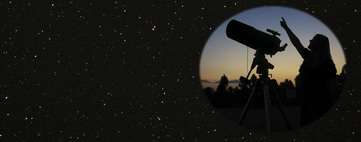I waited until Mars was quite up in the sky so the air was not so turbulent and proceeded to take my AVI movies, over a period of three hours.
I just loved the way so much detail was on display with this little ZWO planetary camera…is just so amazing!
Clearly on show right across the planet, in the dark area that is shaped like a large caterpillar, were Sinus Gomer, Mare Cimmerium and Mare Sirenum, it’s just so exciting to see so much detail on the surface of the planet. (I have marked more features on the image for you to see)
Opposition of Mars will be on the 14th October 2020 and I cannot wait to see what will be on show on the surface, the planet will also be at its largest so it will be very bright…he’s hoping the dust storms stay away until then :-)
Images taken with a Meade LX200 10 inch Schmidt-Cassegrain telescope and a ZWO 120 MC-S camera with 3x Barlow lens attached, AVI movies were captured with between 2500 & 3000 frames then stacked in RegiStax6 and processed in PS CS4
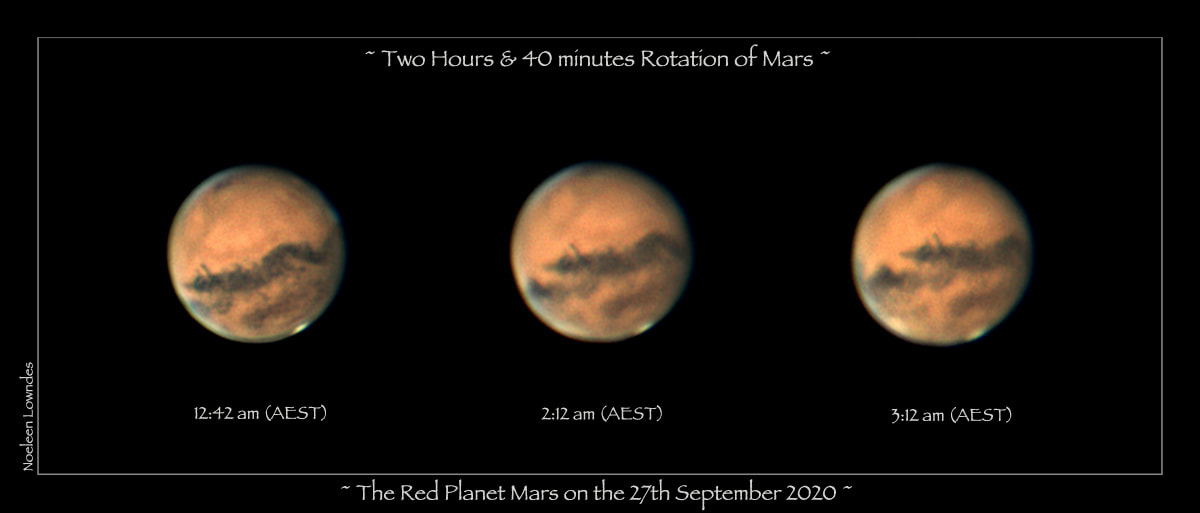
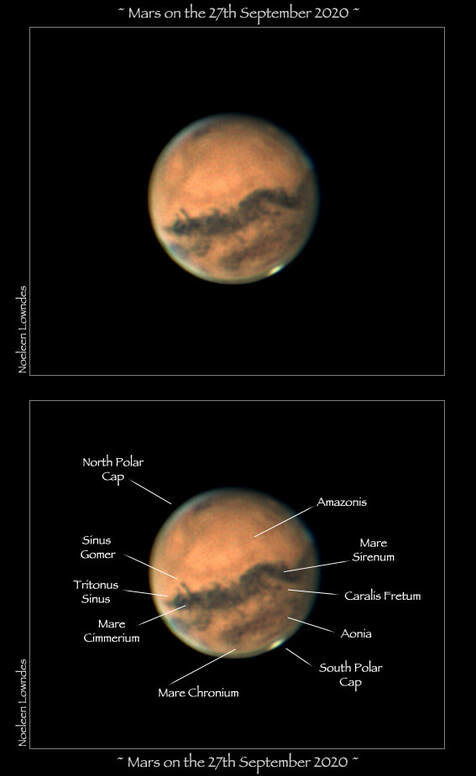
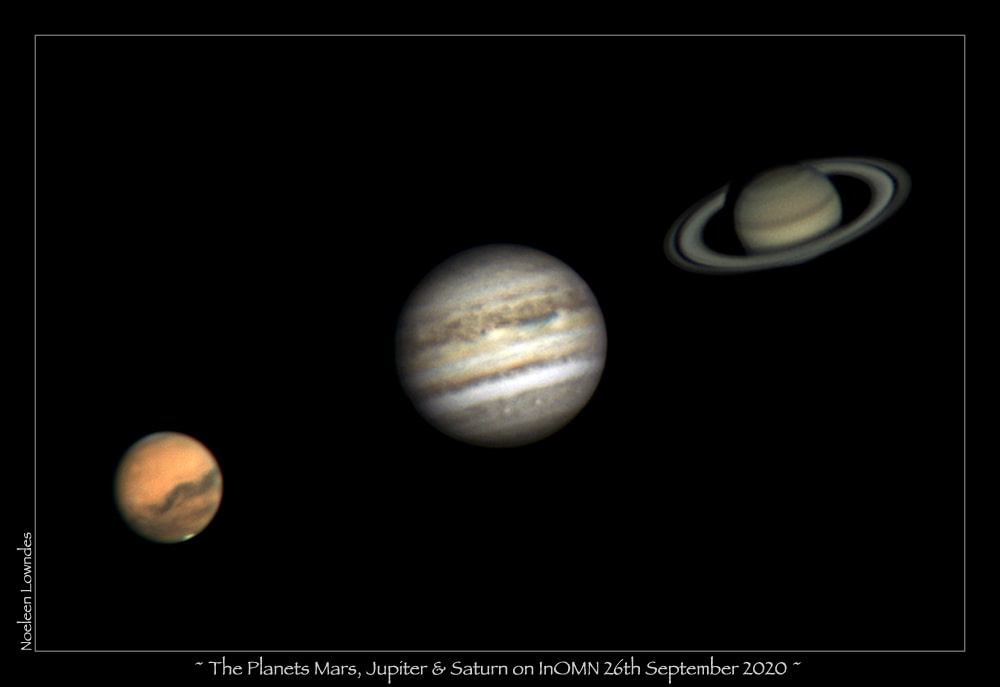
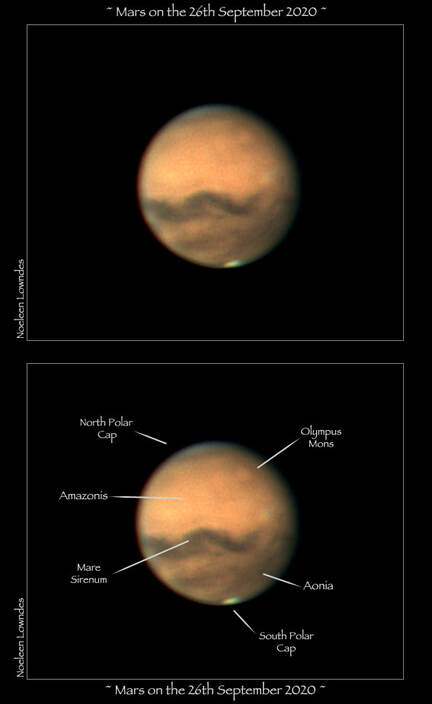
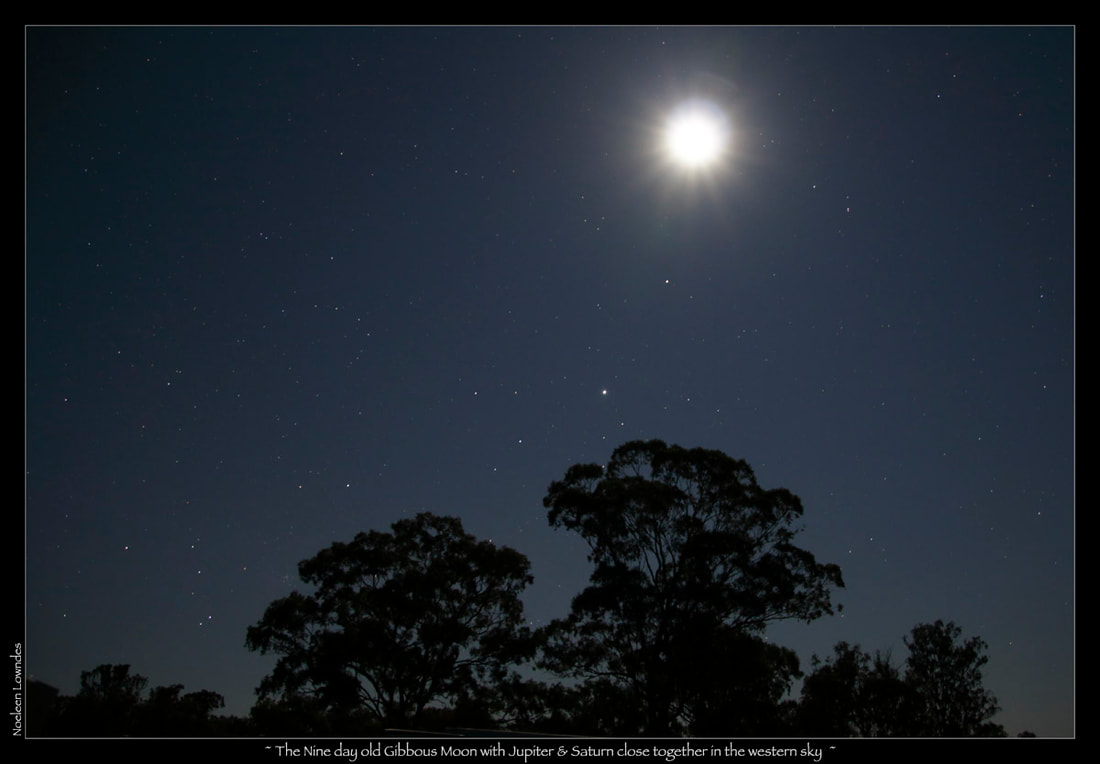
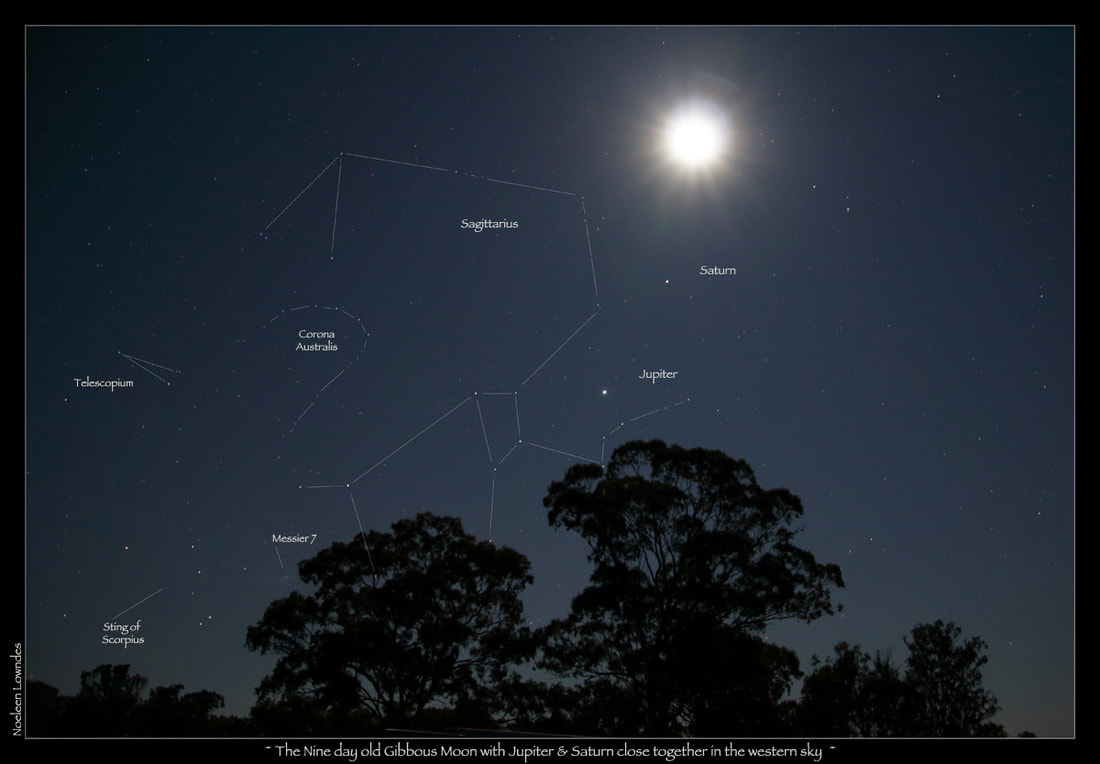

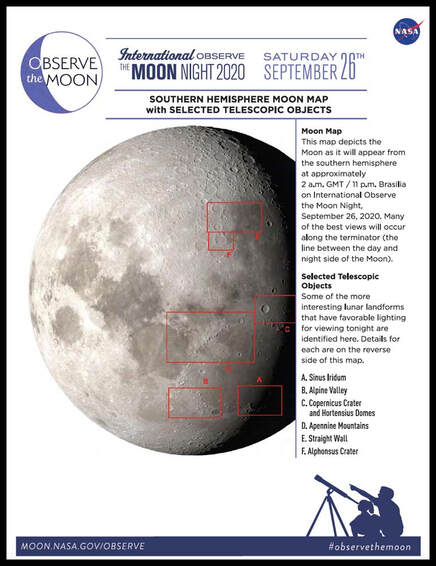
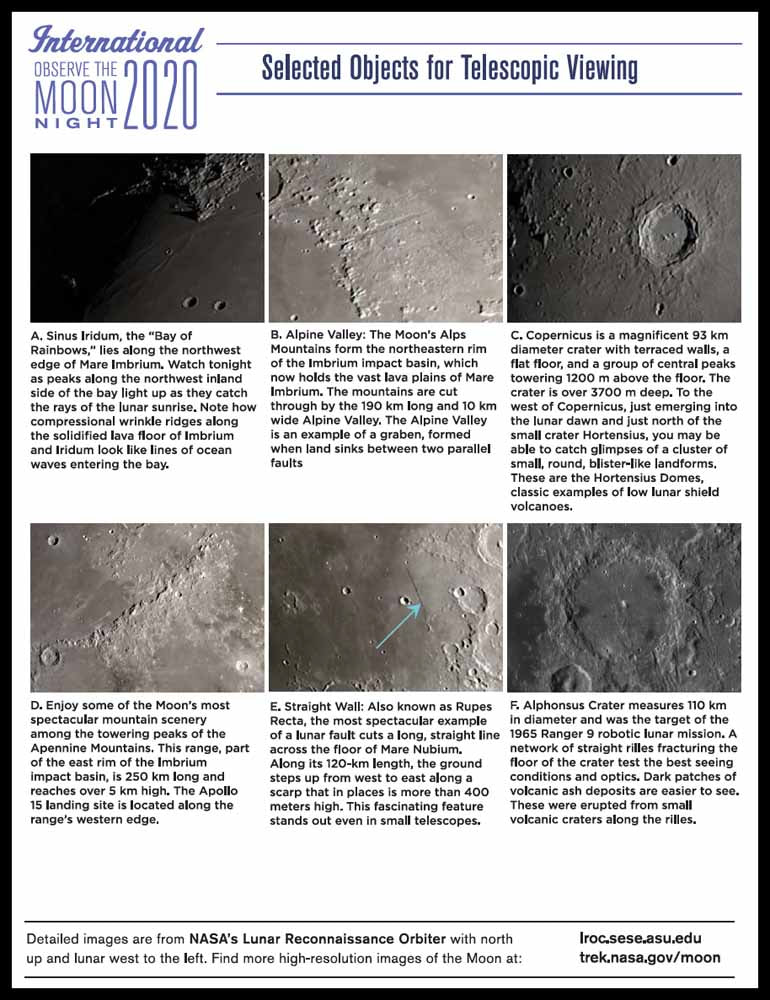
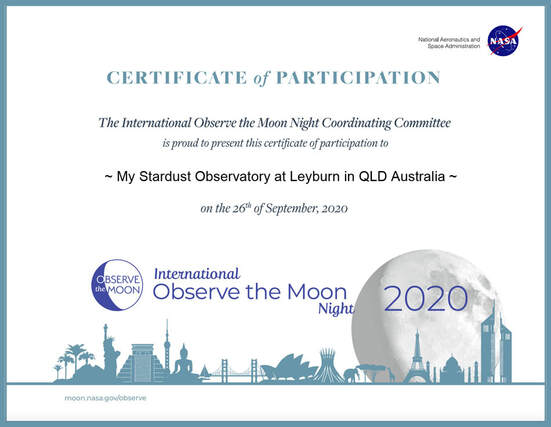
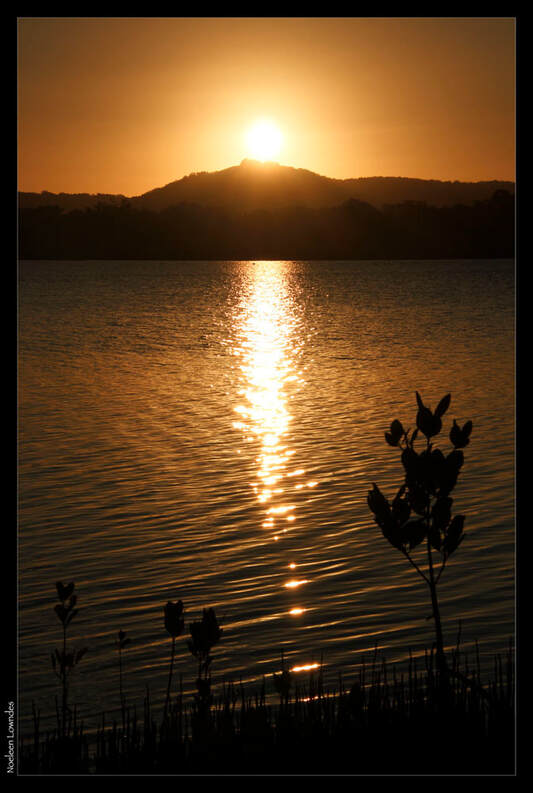
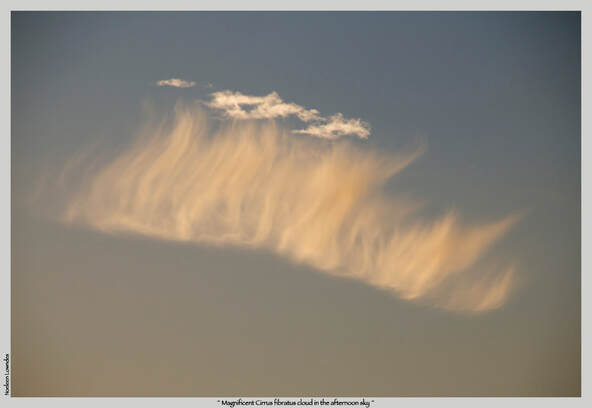
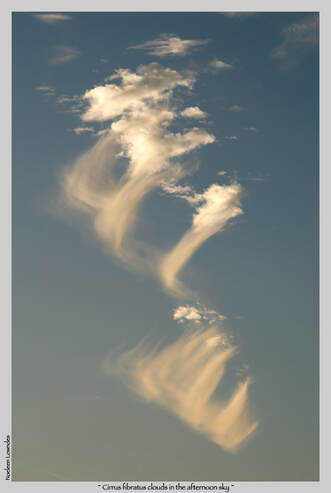

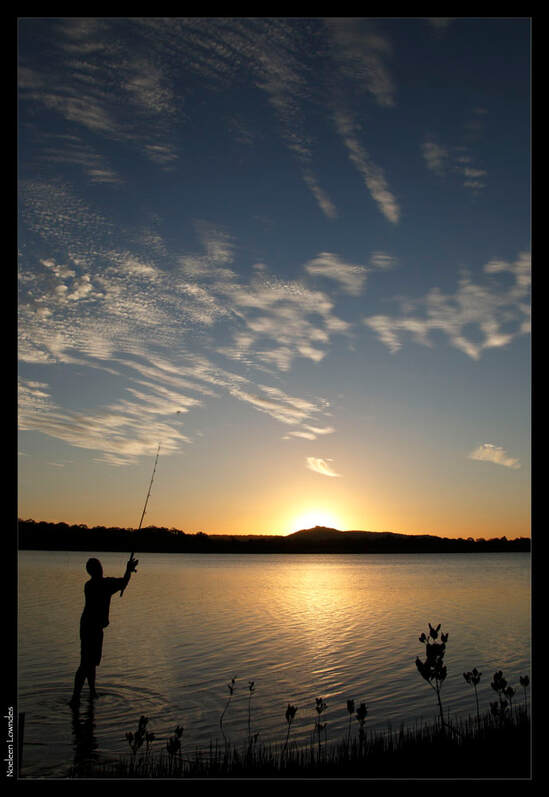
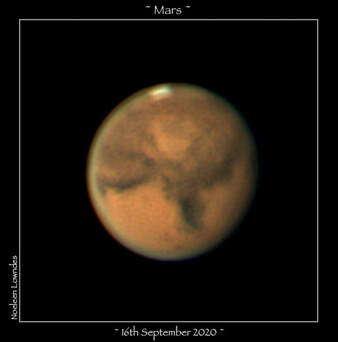
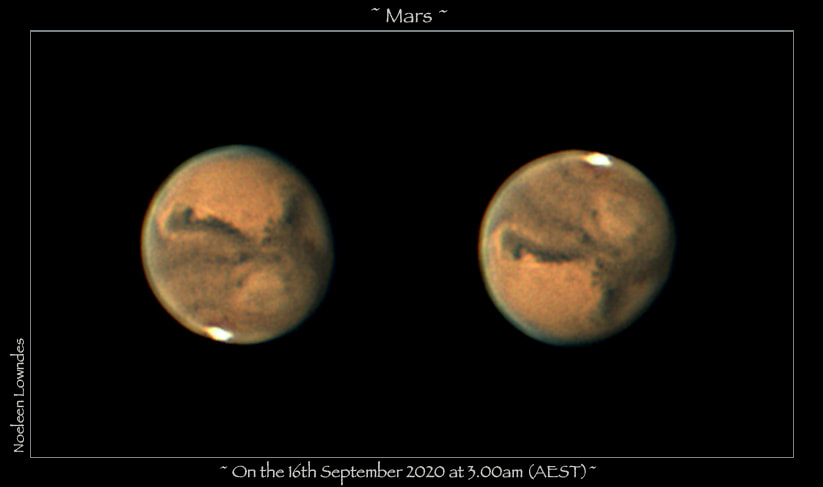

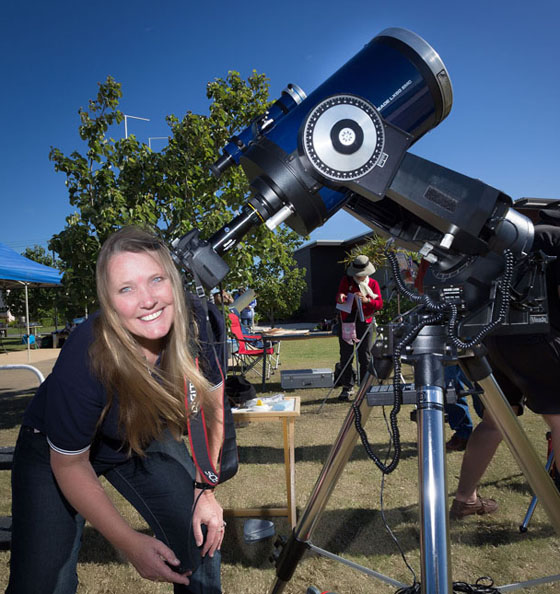
 RSS Feed
RSS Feed
